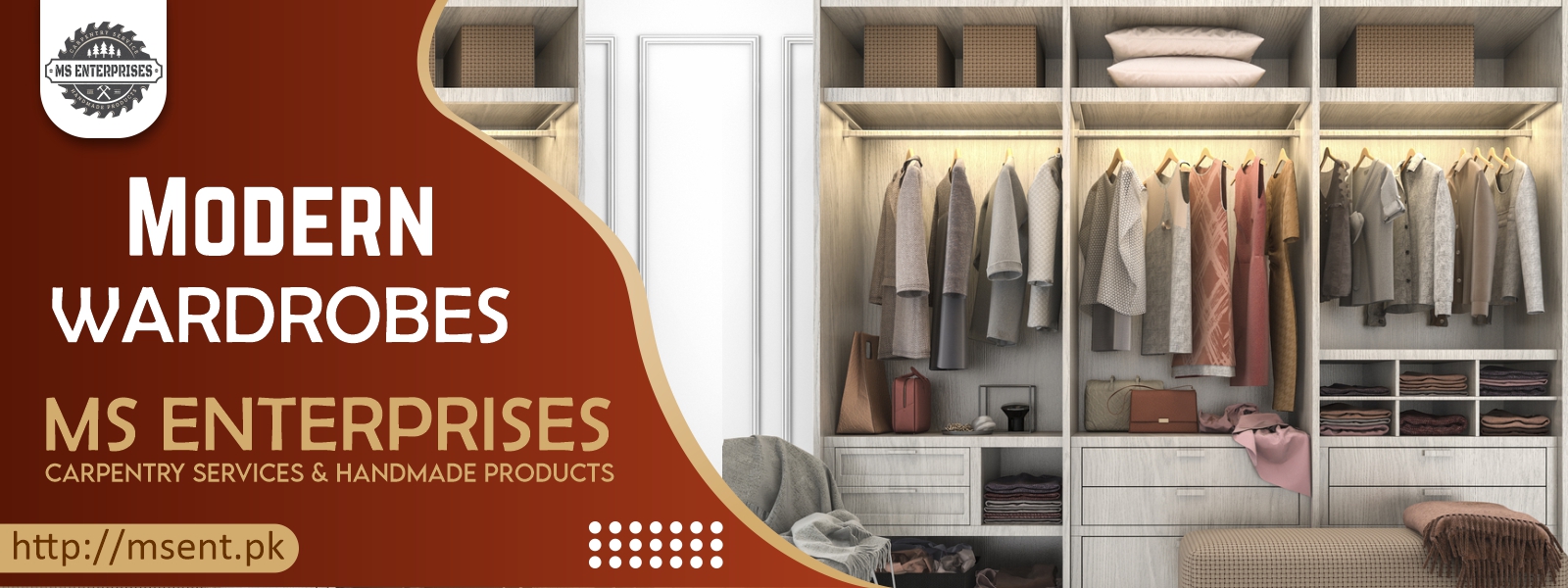WARDROBES

The word wardrobe has a long and varied history. Geoffrey Chaucer used it to mean a lavatory, and for some time it signified not a piece of furniture but a room or apartment; in medieval England, for instance, the king’s wardrobe was the centre of a good deal of administrative machinery. The actual piece of furniture in which clothes were kept was originally known as a press, and at quite an early date its division into two parts—one for hanging garments, the other for laying them out flat—became established. By the 17th century the word wardrobe was coming to be accepted as descriptive of this kind of piece, while the earlier emphasis on heavy carvings on and surrounding the doors was being supplanted by elaborate veneers and marquetry. In some instances, wardrobes were incorporated into the paneling of bedrooms. By the end of the 18th century wardrobes usually consisted of a clothes press flanked by slightly recessed cupboards.
The mass production of furniture in the 19th century, combined with growing affluence, which meant that people possessed more clothes, led to great importance being attached to the wardrobe as a piece of bedroom furniture. Massively and ornately constructed, they were usually part of a bedroom suite consisting of drawers, washstand, dressing table, and bed. In the 1860s the practice was introduced of fitting a mirror on the exterior of the centre door; though this arrangement is still found in the 20th century, it is more customary for it to be on the inside of the door. Contemporary fashion also tends to prefer wardrobes that form an integral part of the architectural structure, often called closets.
